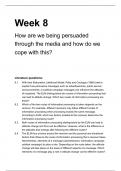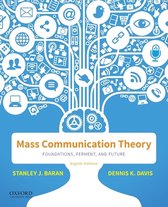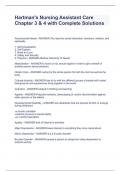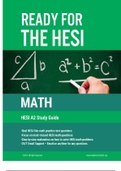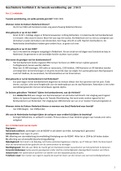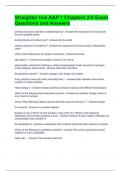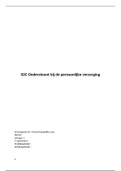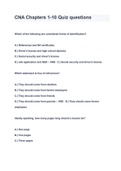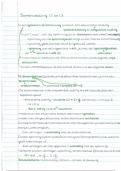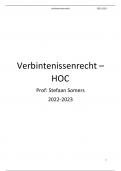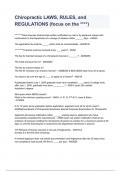Samenvatting
Introduction to Communication Science - Summary for partial exam 2
- Instelling
- Universiteit Van Amsterdam (UvA)
In this document you will find all the necessary literature for the second ICS partial exam summarized. On top of that, I've added my lecture notes from all lectures, and the literature questions to help you remember what's important. It might seem like a large summary, but that's because it contai...
[Meer zien]
